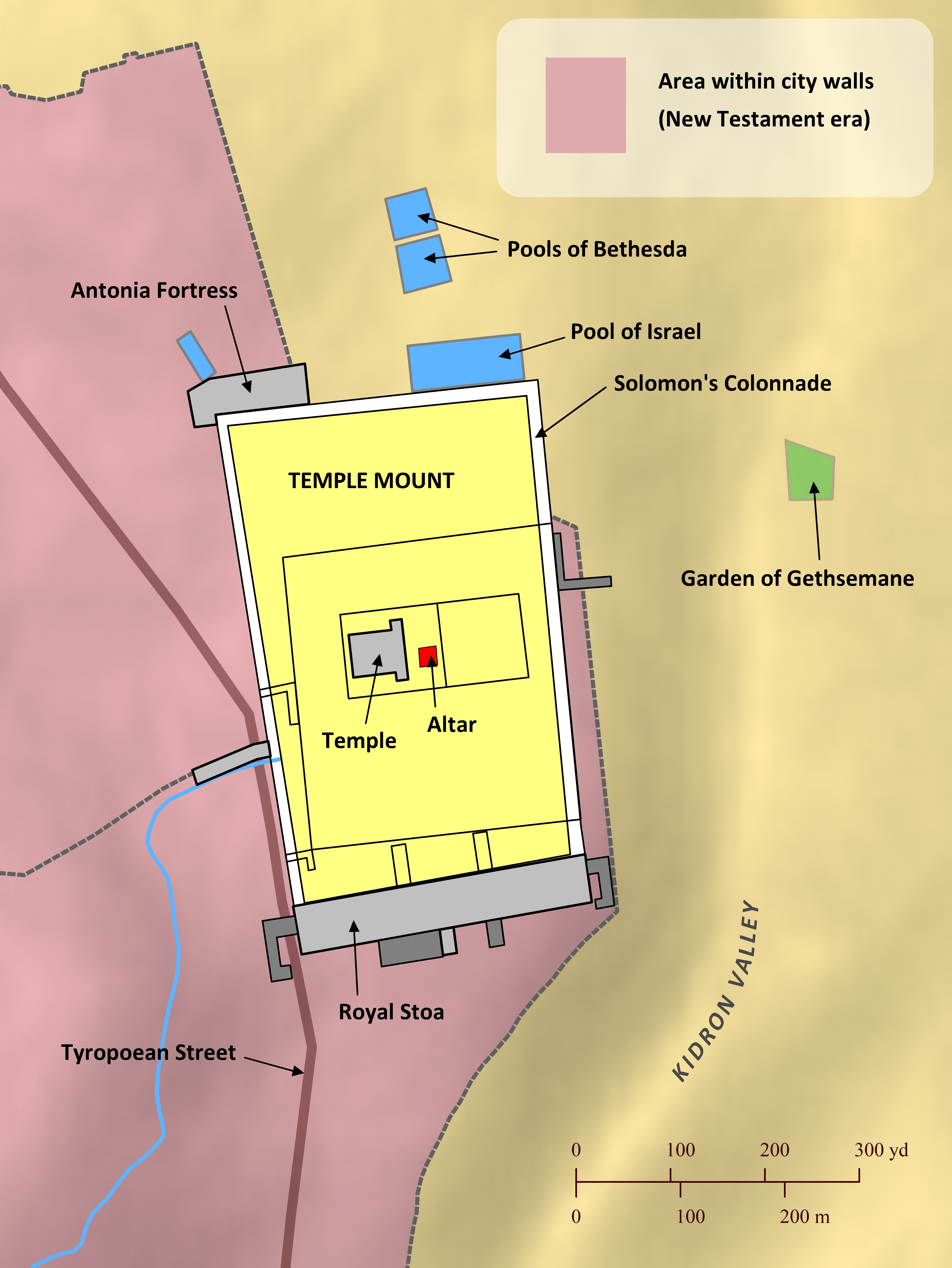Note: This view shows ‘verses’ which are not natural language units and hence sometimes only part of a sentence will be visible—click on any Bible version abbreviation down the left-hand side to see the verse in more of its context. Normally the OET discourages the reading of individual ‘verses’, but this view is only designed as a tool for doing comparisons of different translations—the older translations are further down the page (so you can read up from the bottom to trace the English translation history). The OET segments on this page are still very early looks into the unfinished texts of the Open English Translation of the Bible—please double-check these texts in advance before using in public.
OEB No OEB NEH book available
WEBBE • The children of Delaiah, the children of Tobiah, the children of Nekoda: six hundred and forty-two.
WMBB (Same as above)
NET the descendants of Delaiah, the descendants of Tobiah, and the descendants of Nekoda, 642.
LSV sons of Delaiah, sons of Tobiah, sons of Nekoda, six hundred forty-two.
FBV They included the families of Delaiah, Tobiah, and Nekoda, 642 in total.
T4T ¶ 61-62 Another group of 642 people from the clans of Delaiah, Tobiah, and Nekoda also returned. They came from the towns of Tel-Melah, Tel-Harsha, Kerub, Addan (which is also known as Addon), and Immer in Babylonia. But they could not prove that they were descendants of Israelis.
LEB the descendants[fn] of Delaiah, the descendants[fn] of Tobiah, the descendants[fn] of Nekoda, six hundred and forty-two.
BBE The children of Delaiah, the children of Tobiah, the children of Nekoda, six hundred and forty-two.
Moff the families of Delaiah, Tobiah, and Nekodah, six hundred and forty-two of them.
JPS the children of Delaiah, the children of Tobiah, the children of Nekoda, six hundred forty and two.
ASV The children of Delaiah, the children of Tobiah, the children of Nekoda, six hundred forty and two.
DRA The children of Dalaia, the children of Tobia, the children of Necoda, six hundred forty-two.
YLT sons of Delaiah, sons of Tobiah, sons of Nekoda, six hundred forty and two.
Drby The children of Delaiah, the children of Tobijah, the children of Nekoda, six hundred and forty-two.
RV The children of Delaiah, the children of Tobiah, the children of Nekoda, six hundred forty and two.
SLT The sons of Delaiah, the sons of Tobiah, the sons of Nekoda, six hundred forty and two.
Wbstr The children of Delaiah, the children of Tobiah, the children of Nekoda, six hundred and forty two.
KJB-1769 The children of Delaiah, the children of Tobiah, the children of Nekoda, six hundred forty and two.
KJB-1611 The children of Delaiah, the children of Tobiah, the children of Nekoda, sixe hundred fourtie and two.
(Modernised spelling is same as from KJB-1769 above)
Bshps The children of Dalaiah, the children of Tobia, and the children of Necoda, sixe hundred fourtie and two.
(The children of Dalaiah, the children of Tobia, and the children of Necoda, six hundred forty and two.)
Gnva The sonnes of Delaiah: the sonnes of Tobiah, the sonnes of Nekoda, six hundreth and two and fourtie.
(The sons of Delaiah: the sons of Tobiah, the sons of Nekoda, six hundredth and two and fourtie. )
Cvdl The childre of Delaia, ye children of Tobia, & the childre of Necoda, were sixe hudreth & two & fortye.
(The children of Delaia, ye/you_all children of Tobia, and the children of Necoda, were six hundredth and two and fortye.)
Wycl the sones of Tobie, the sones of Nethoda, sixe hundrid and two and fourti;
(the sons of Tobie, the sons of Nethoda, six hundred and two and fourti;)
Luth Die Kinder Delaja, die Kinder Tobia und die Kinder Nekoda waren sechshundert und zweiundvierzig.
(The children Delaya, the children Tobia and the children Nekoda were six-hundred and twoundvierzig.)
ClVg filii Dalaia, filii Tobia, filii Necoda, sexcenti quadraginta duo.
(children Dalaia, children Tobia, children Necoda, six-hundred forty two. )
RP-GNT No RP-GNT NEH book available
UTN uW Translation Notes:
בְּנֵי־דְלָיָ֥ה בְנֵֽי־טוֹבִיָּ֖ה בְּנֵ֣י נְקוֹדָ֑א שֵׁ֥שׁ מֵא֖וֹת וְאַרְבָּעִ֥ים וּשְׁנָֽיִם
sons_of Dəlā\sup_yāh sons_of Ţōⱱiy\sup_yāh sons_of Nəqōdāʼ six hundreds and,forty and,two
Alternate translation: [Altogether 642 men returned who were from the descendants of Delaiah, Tobiah, and Nekoda]
Note 1 topic: figures-of-speech / metaphor
בְּנֵי־דְלָיָ֥ה בְנֵֽי־טוֹבִיָּ֖ה בְּנֵ֣י נְקוֹדָ֑א
sons_of Dəlā\sup_yāh sons_of Ţōⱱiy\sup_yāh sons_of Nəqōdāʼ
Sons means “descendants.” Alternate translation: [They were from the descendants of Delaiah, Tobiah, and Nekoda]
Note 2 topic: translate-names
דְלָיָ֥ה & טוֹבִיָּ֖ה & נְקוֹדָ֑א
Dəlā\sup_yāh & Ţōⱱiy\sup_yāh & Nəqōdāʼ
These are the names of three men.
